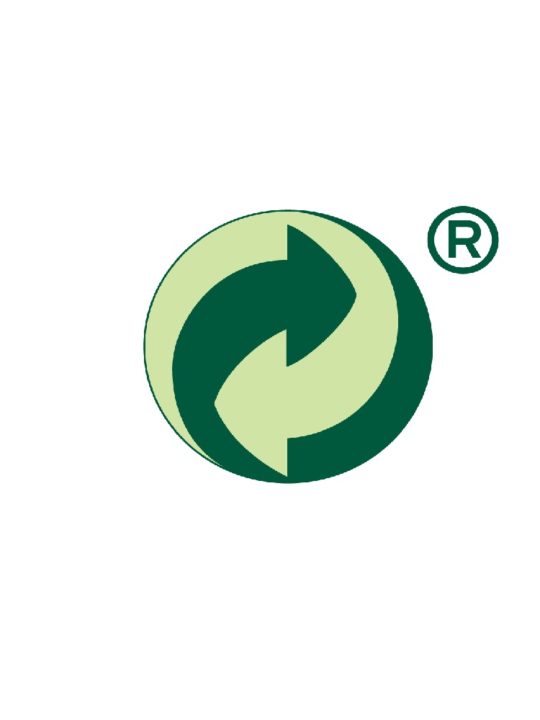With climate change on people’s minds and the fossil fuel market in constant flux, renewable energy resources have taken a front line role in developed countries around the globe. In fact, according to the American Council on Renewable Energy (ACORE), in 2014, renewable energy sources accounted for almost 40% of all new domestic power generation projects. A third of these projects were wind power installations, most of which were large commercial projects but included some private home systems too.
Windmills may be an age-old power source for pumping water and grinding grain, but wind power continues to evolve as an excellent modern-day source of energy. More companies and consumers alike are lighting up their homes, fueling their manufacturing plants, and making progress at minimal cost to the environment.
This is all great news for both our communities and our planet. Not only is wind energy renewable, wind installations also involve no water or toxic by-products and the energy is both produced and used domestically. Wind farms require comparatively little maintenance after construction, and their actual footprint is small, meaning much of the surrounding land can be reclaimed for other uses such as grazing and farming.
Businesses have started to realize that to align with consumers’ priorities, they need to do more than use recyclable packaging and earth-friendly ingredients; they need to reduce fossil fuel use. As a result, more and more companies are purchasing power from local wind farms to offset the carbon footprint created by offices and manufacturing plants.
These long-term priorities are fueling choices like Modere’s decision to power its Springville, Utah facility with electricity from the local Spanish Fork Wind Farm. The Wind Farm provides electricity to the town, money to the schools, and community engagement through a well-attended Wind Festival celebrating the farm’s achievements.
While governments and companies like Modere invest in larger-scale wind farms for offices and factories, they’re helping pave the way for consumers to try small at-home turbines. A small turbine can charge an RV battery or operate a sump pump, while a taller turbine can power an entire home and even sell extra power back to the utility company.
For those of us lacking any of the prerequisites, though, it’s great to know that wind power is increasingly available for purchase from local energy companies. And when we support companies that embrace sustainable practices, we know we’re all coming out ahead.








